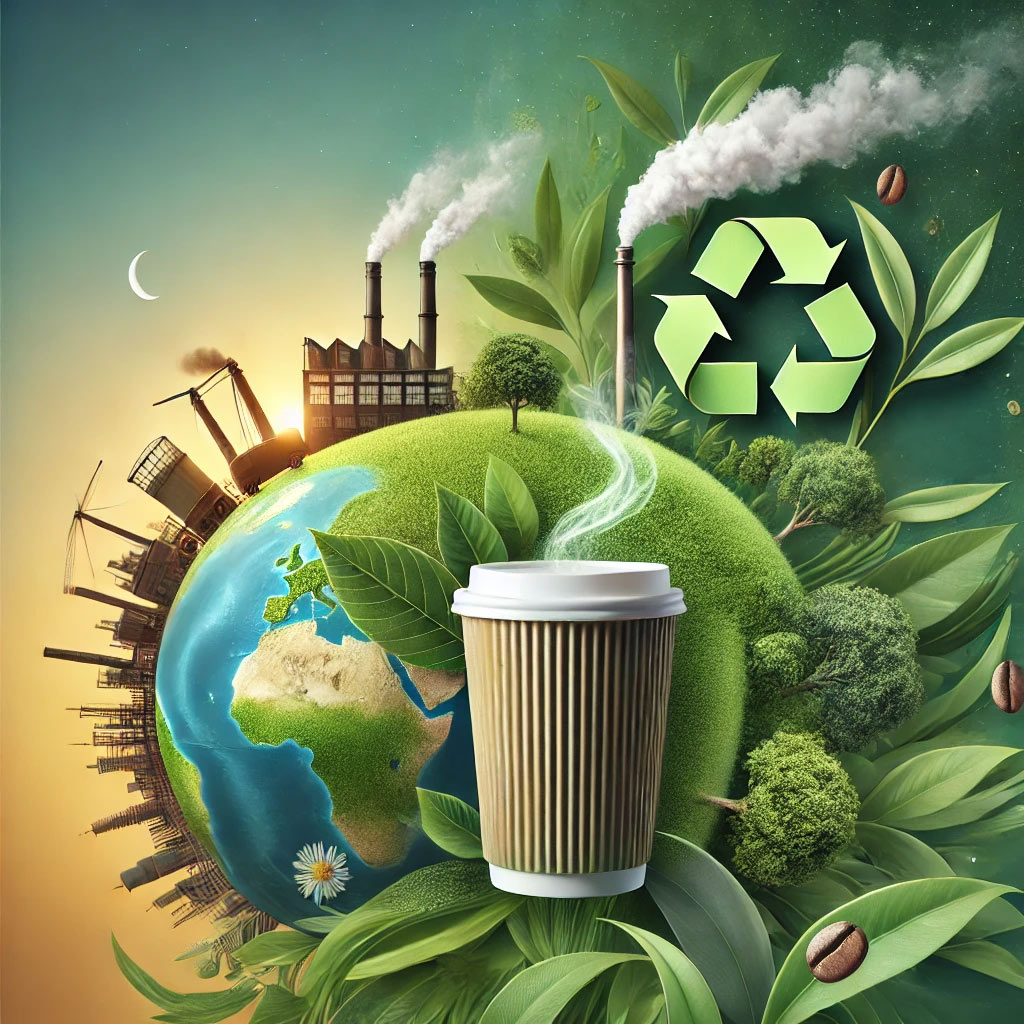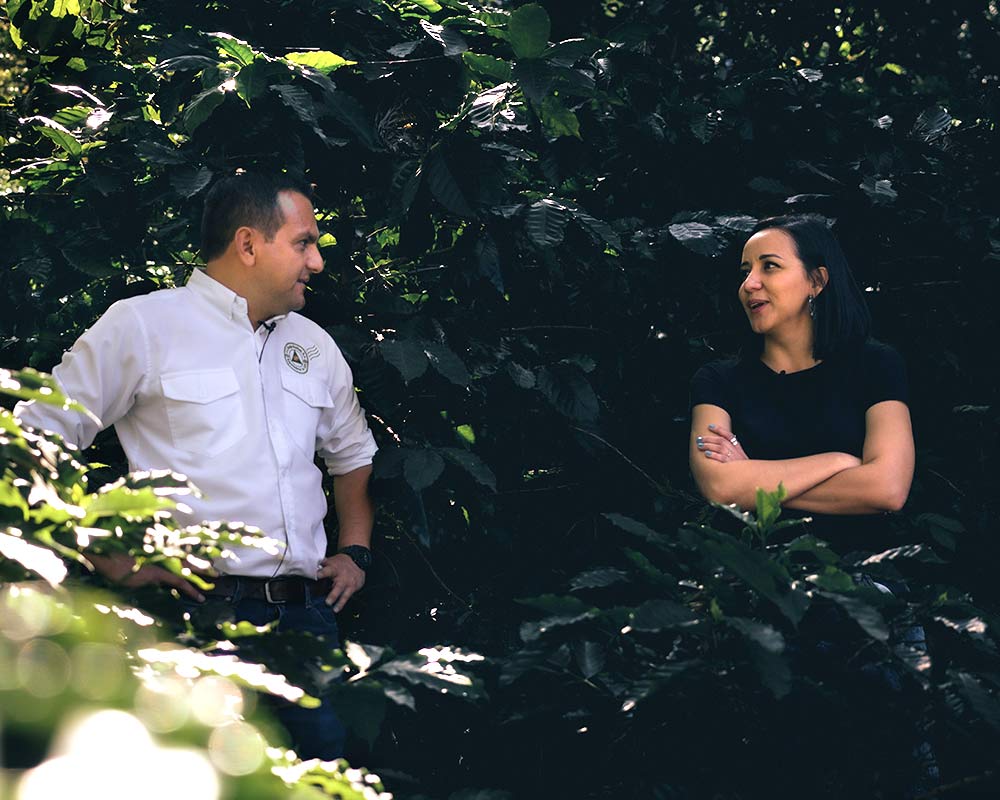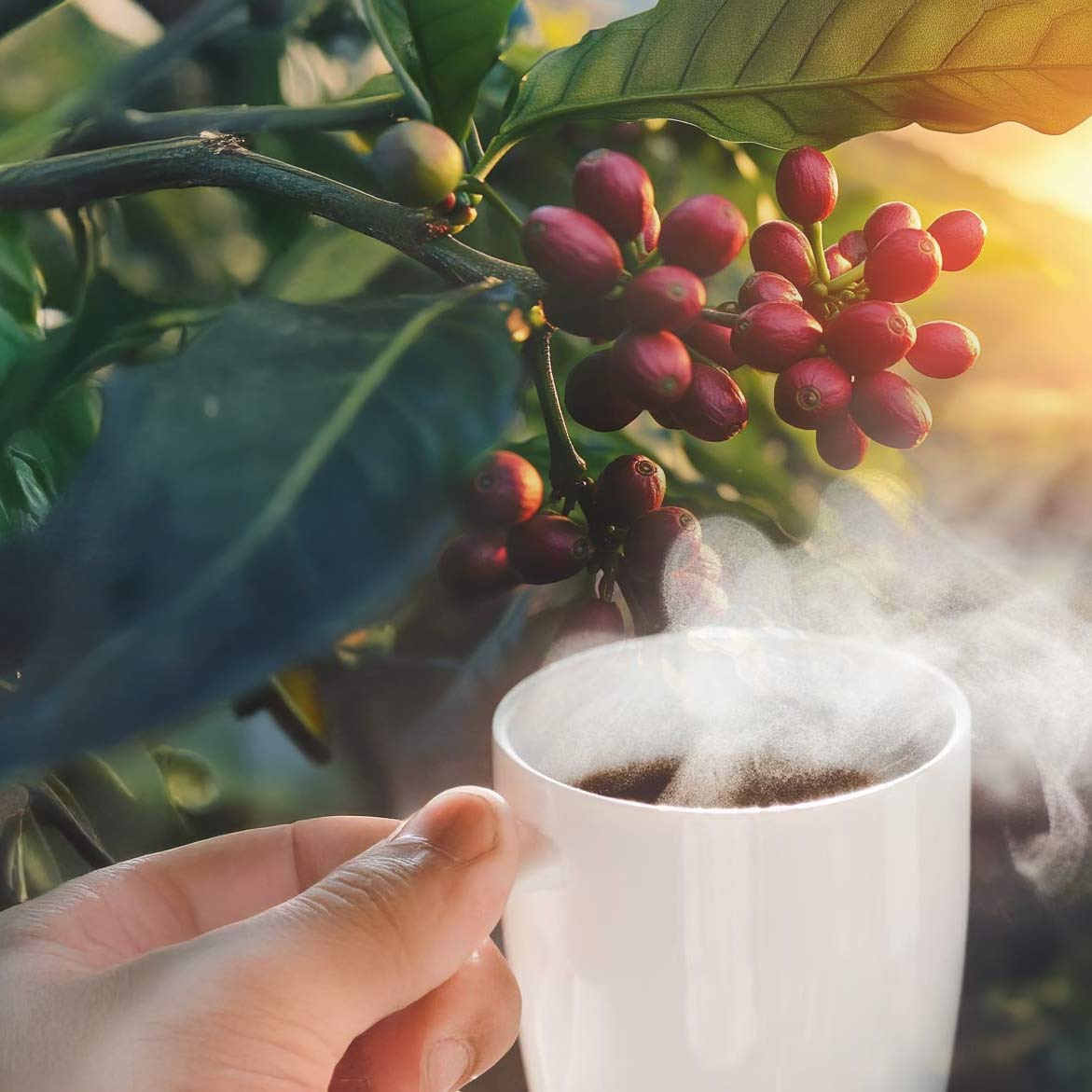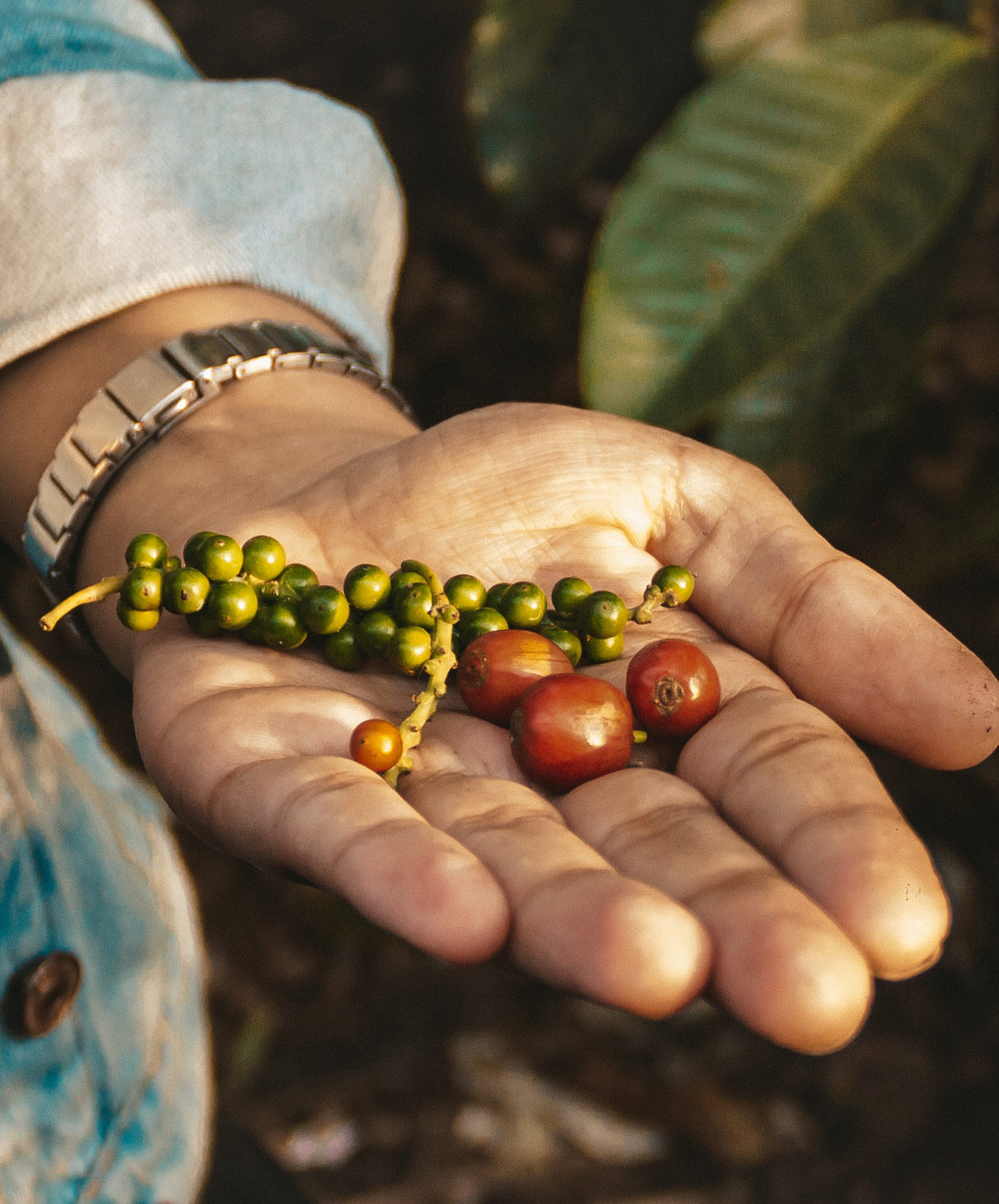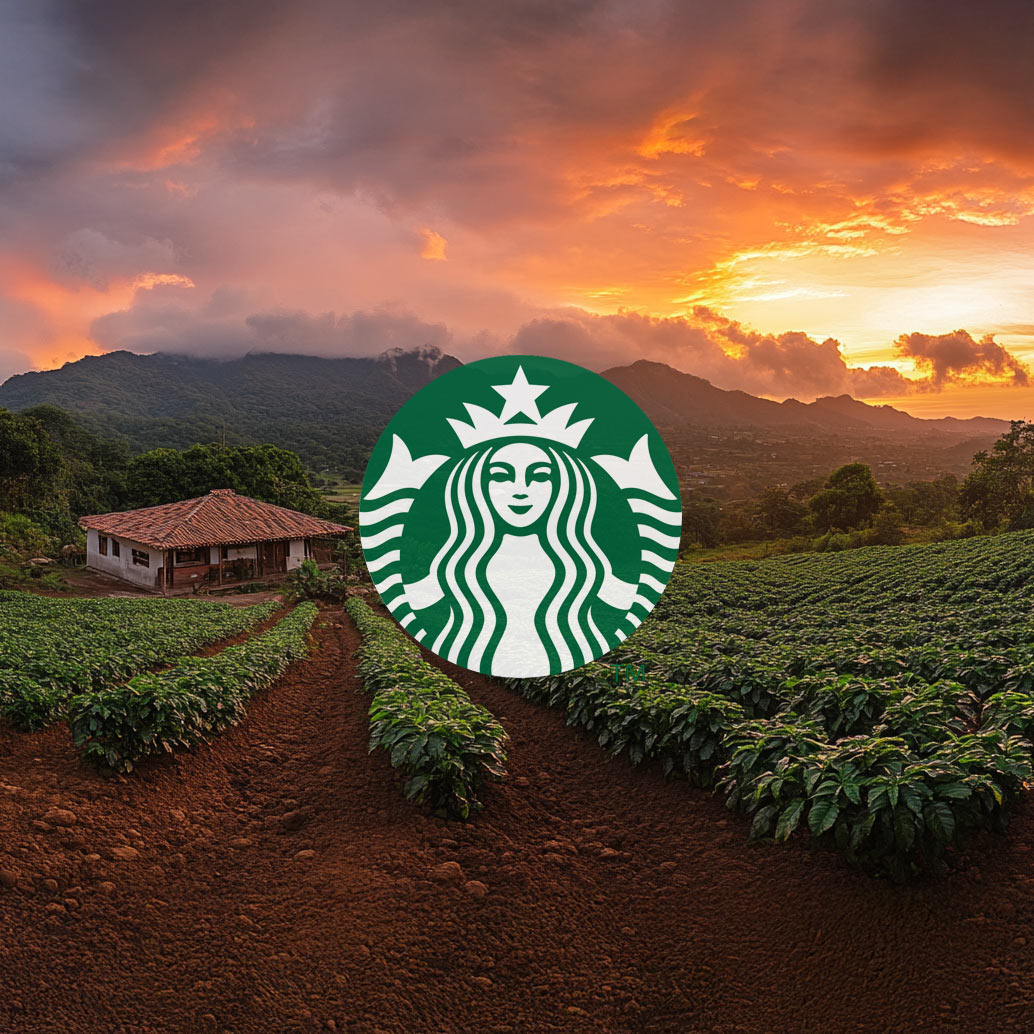Brazil is the backbone of the global coffee industry—but that backbone is under pressure. As the top producer and a major consumer of coffee, Brazil influences everything from global prices to farming trends. Yet, climate change and overlooked social costs are threatening the system from the inside out. This post explores Brazil’s double-edged power in the coffee world, the environmental risks ahead, and the human cost hidden behind each cup.
Brazil’s Coffee Power: Supply and Demand in One Country
Brazil produces more coffee than any other country—and drinks a good chunk of it too. This gives Brazil rare leverage in the global market. Most countries are either top producers or top consumers, not both. When Brazil’s harvests are strong, prices tend to dip. When droughts or frosts hit, prices climb worldwide. The world watches Brazil’s weather like it’s a stock ticker.

But this influence is a double-edged sword. Heavy reliance on Brazilian exports means the global supply chain is vulnerable to local disruptions. One bad season in Brazil can ripple through cafés and grocery stores around the world.
Climate Change is Already Here—and It’s Brutal
Coffee isn’t grown in factories—it’s grown in soil, in forests, in climates that are changing fast. Brazil’s coffee regions are seeing more frequent droughts, extreme heat, and erratic rainfall. These shifts aren’t gradual—they’re already reducing crop yields and pushing farms out of once-reliable growing zones.
Scientists estimate that by 2050, much of the land currently used for coffee may no longer be viable. That means lower production, higher prices, and a scramble to find climate-resilient coffee varieties. For Brazil, it’s not just an environmental issue. It’s an economic one too.

The Cost No One Sees: Labor, Land, and Equity
Beyond weather, there’s another layer to Brazil’s coffee problem—human cost. Many of the people growing coffee are small farmers struggling with low pay and rising costs. Large-scale farms dominate exports, while smallholders face shrinking profits.
Then there’s the environmental cost. Coffee farming can contribute to deforestation, soil erosion, and high water use, especially when grown intensively. While sustainable farming exists, it’s not yet the norm. Without stronger protections and incentives, the pressure to maximize yield often comes at the environment’s expense.
So What Needs to Change?
If coffee is going to survive the next few decades, Brazil’s role has to evolve. That means:
- Investing in climate-resilient crops
- Supporting small farmers with fair pricing
- Pushing for more sustainable farming methods
- Rethinking global reliance on a single supplier
These aren’t quick fixes, but they are necessary. Coffee is a global habit—but it’s built on a local reality. And that reality is shifting fast.
 Contact Our Team!
Contact Our Team!3x SCA Best New Product Award Winner
Industrial Compostable Packaging
Din Certo Certified
Your Very Own White Label Mobile App
Pono Collective: Providing Coffee Education
Lower MOQs With Our Digital Print Process
Setting Trends While Elevating Your Brand

 But this influence is a double-edged sword. Heavy reliance on Brazilian exports means the global supply chain is vulnerable to local disruptions. One bad season in Brazil can ripple through cafés and grocery stores around the world.
But this influence is a double-edged sword. Heavy reliance on Brazilian exports means the global supply chain is vulnerable to local disruptions. One bad season in Brazil can ripple through cafés and grocery stores around the world.



